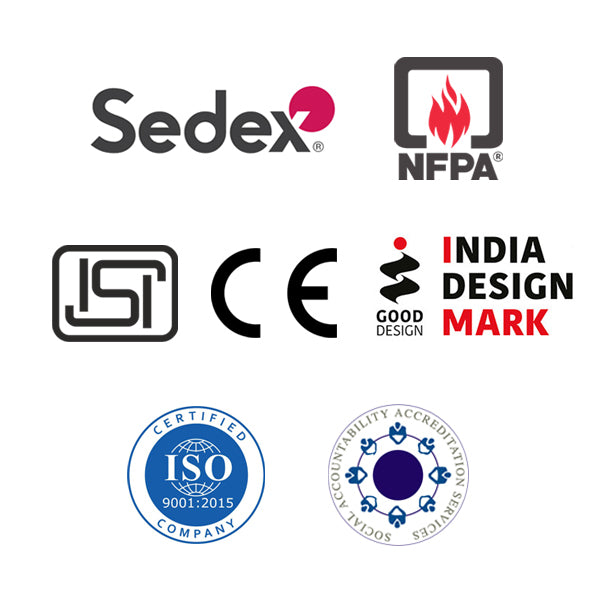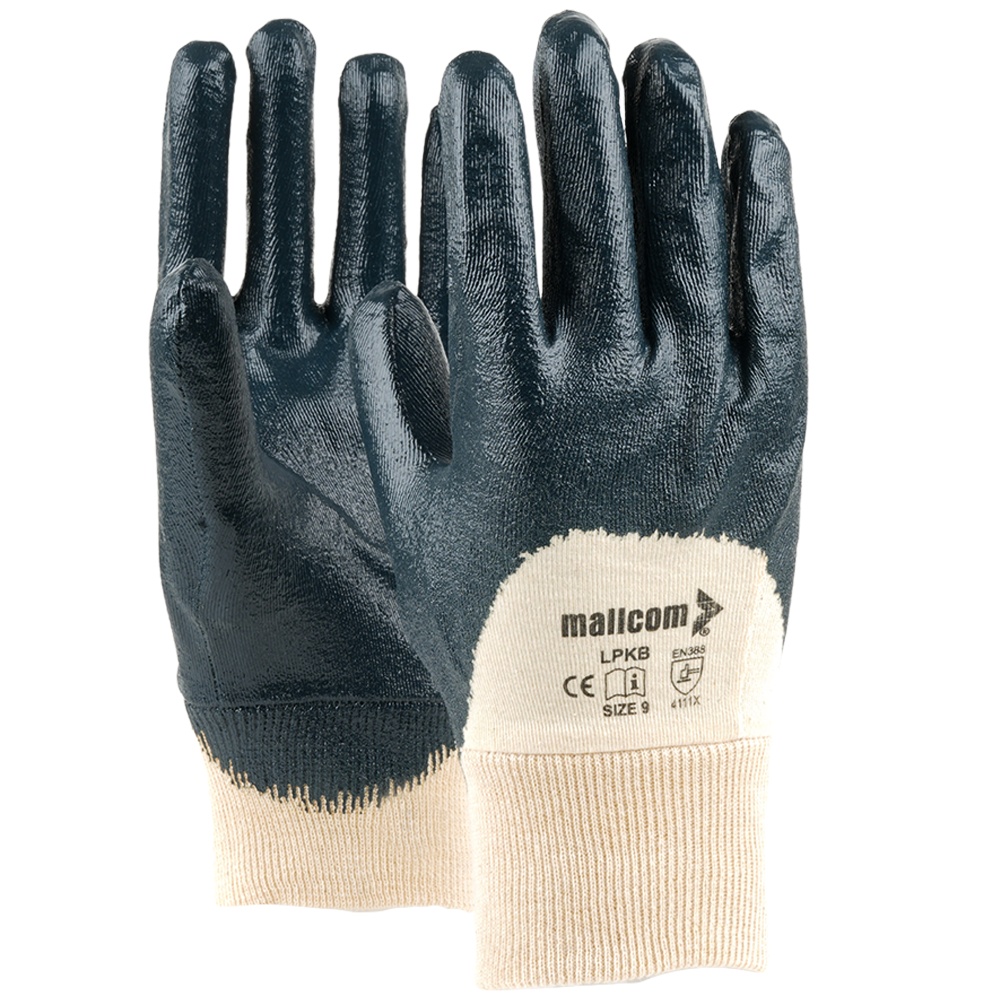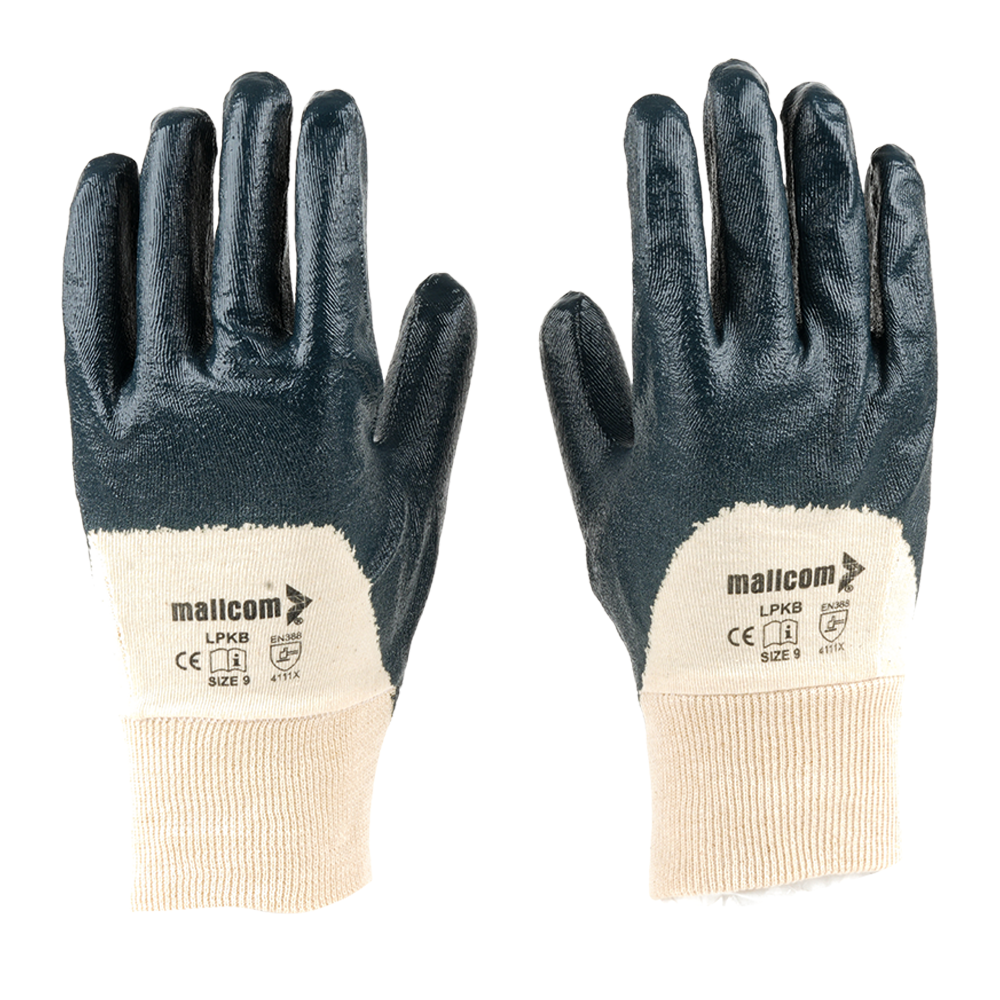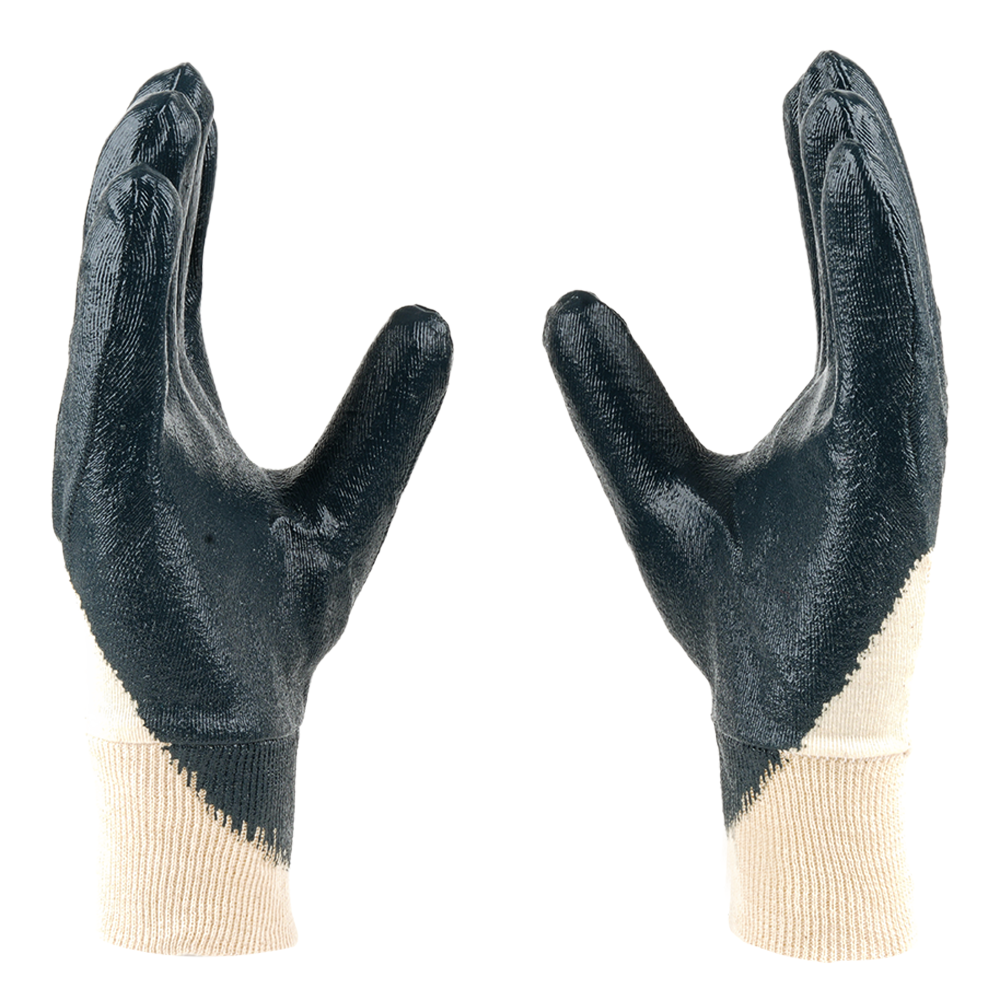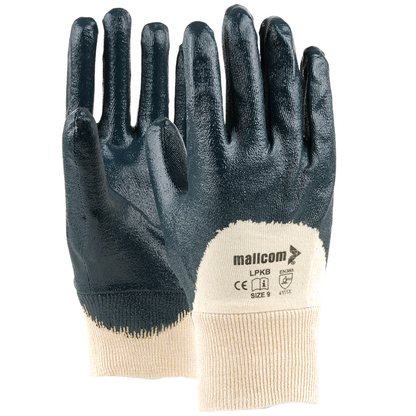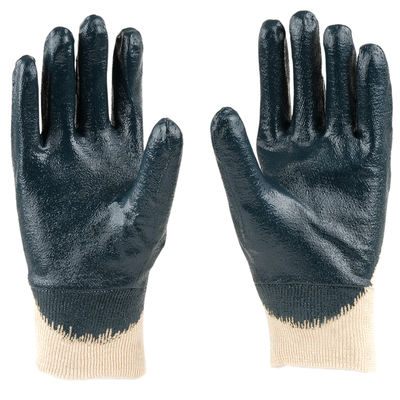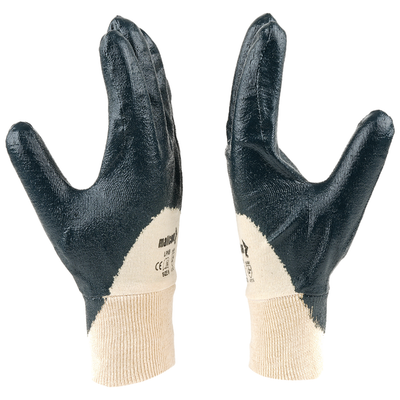LPKB
Share
Cut & Sewn Nitrile Gloves
- Light palm yellow nitrile coated cut and sewn nitrile dipped gloves.
- Cotton interlock Knitted fabric for prevention of dust
- A comfortable glove with excellent dexterity, enhanced grip particularly useful in slippery and oily environments.
OIL RESISTANT
ABRASION
DIRT RESISTANT
Select Size
LPKB
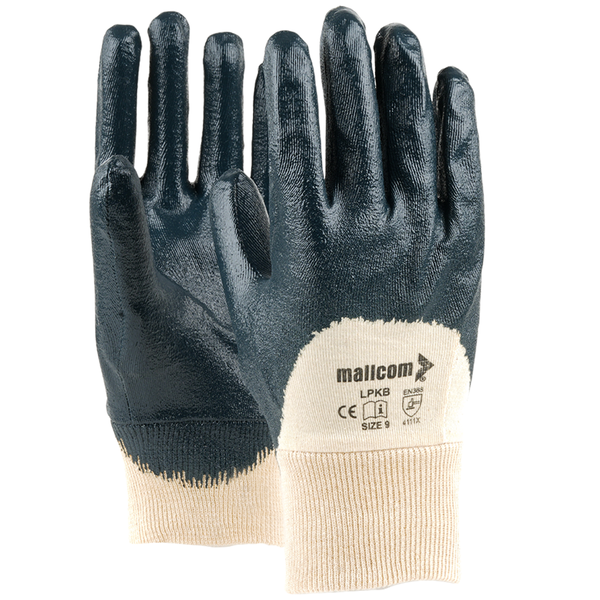
Size Chart
How to Measure
LPKB

LPKB

EN 388
Delivery & Services

Easy Return
with our 15 days return poicy
Regular price
Rs. 0
Sale price
Rs. 0
Regular price
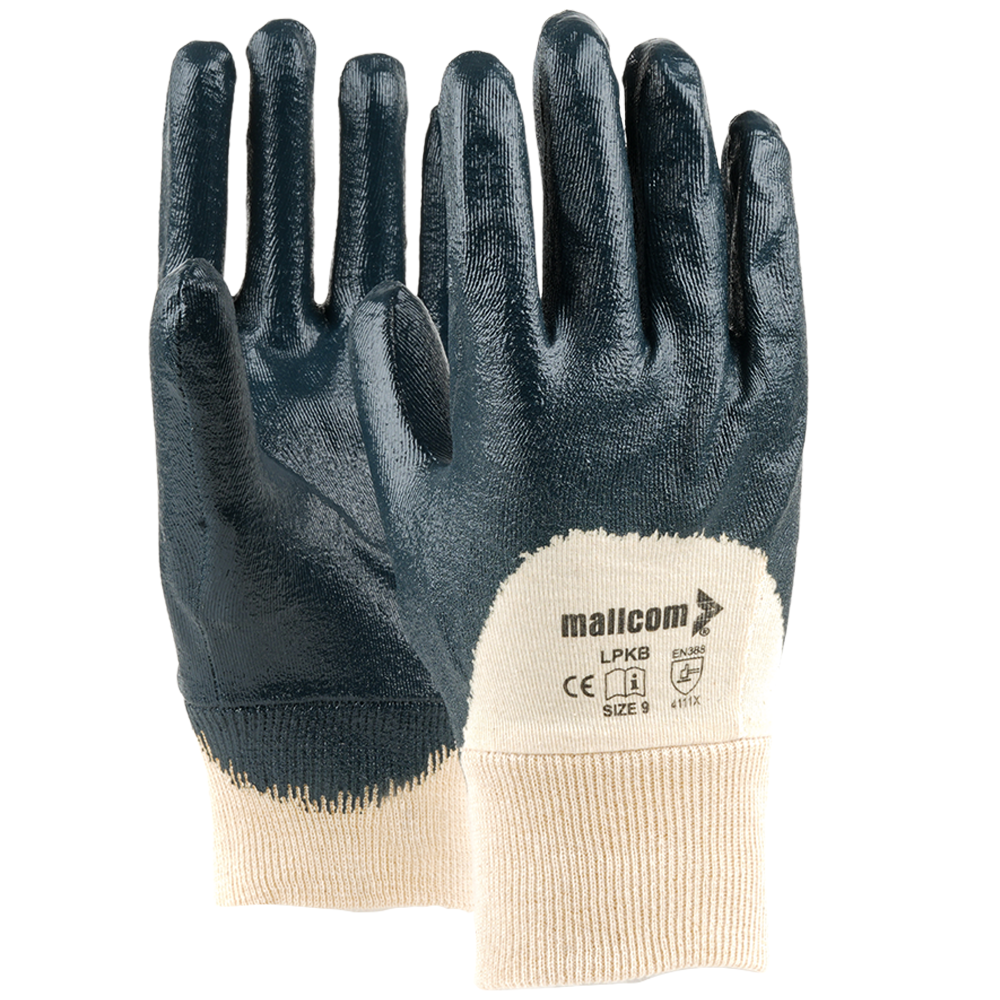
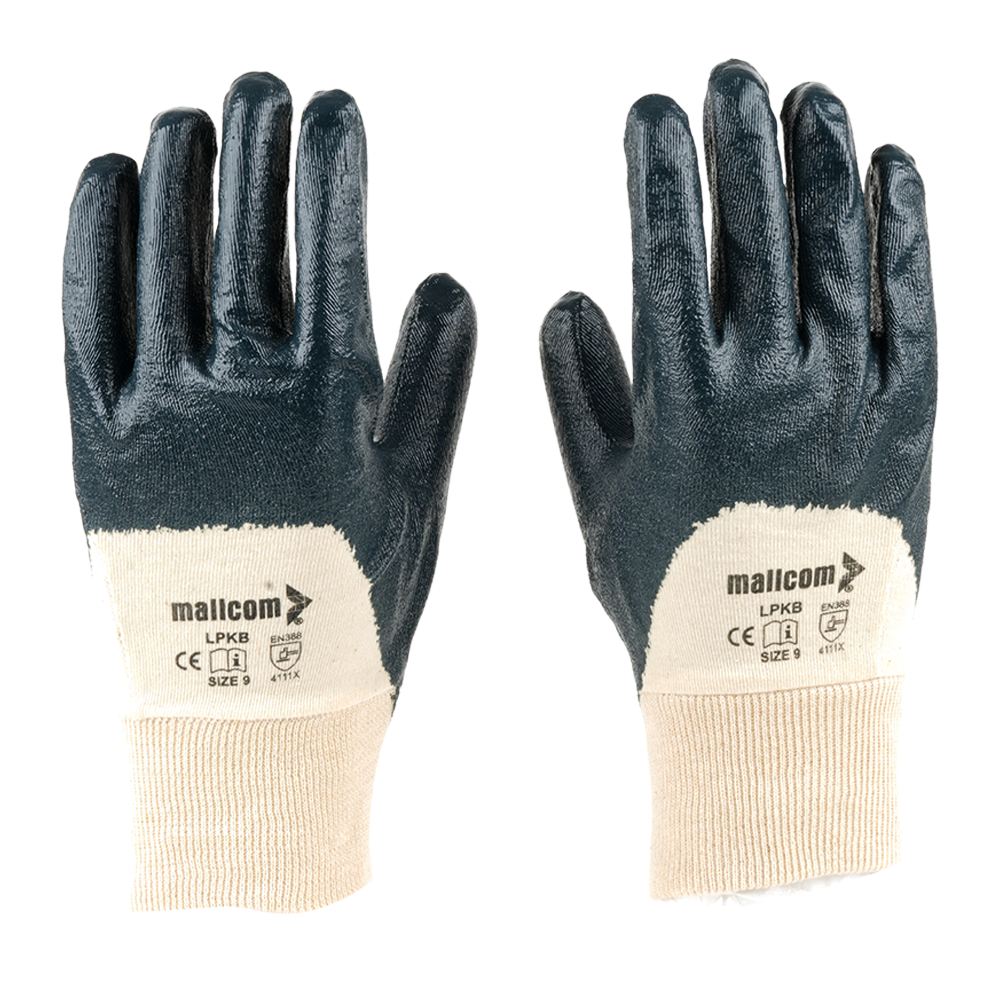
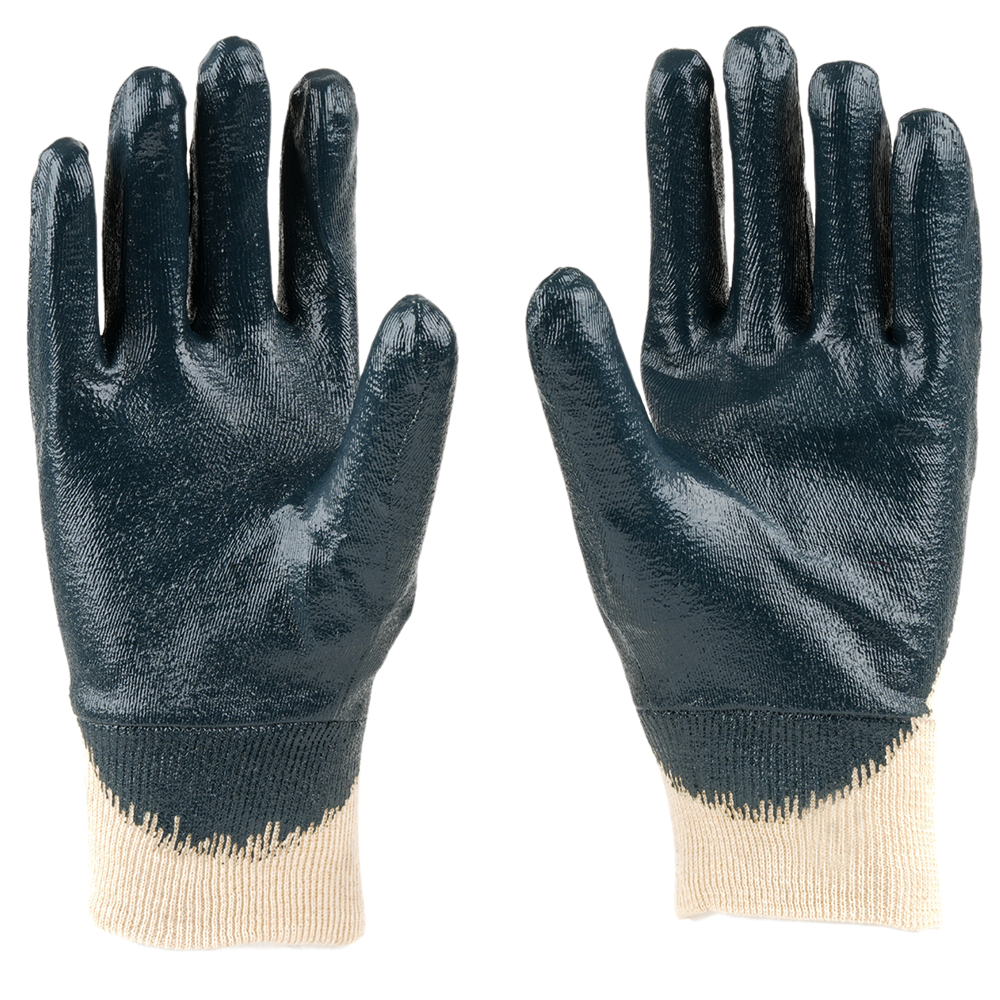
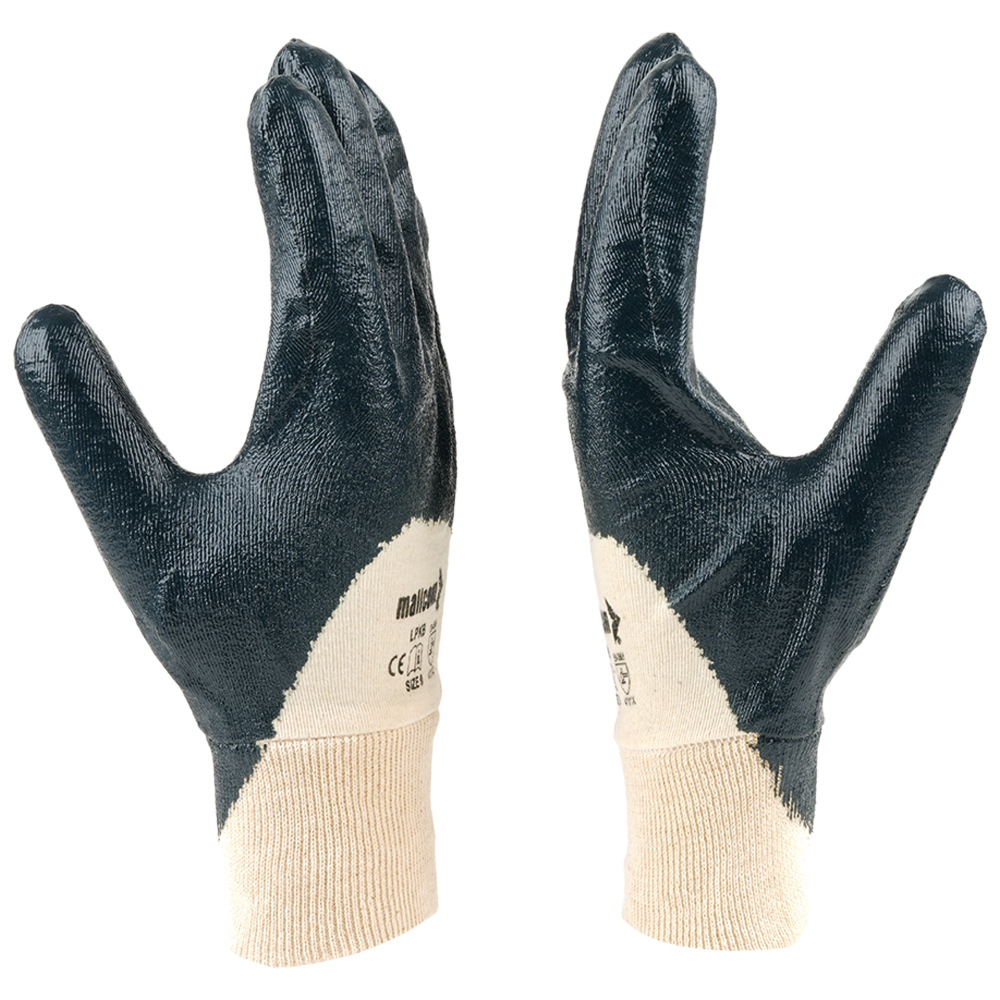
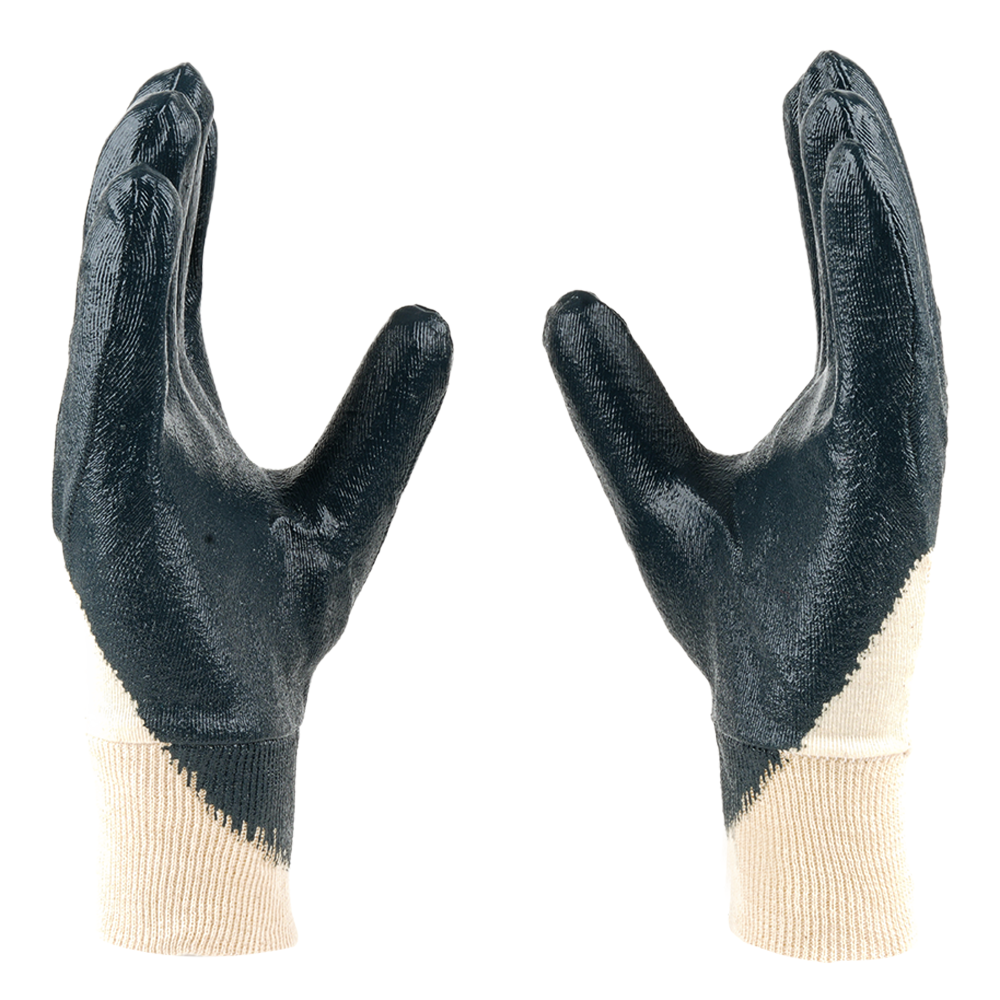
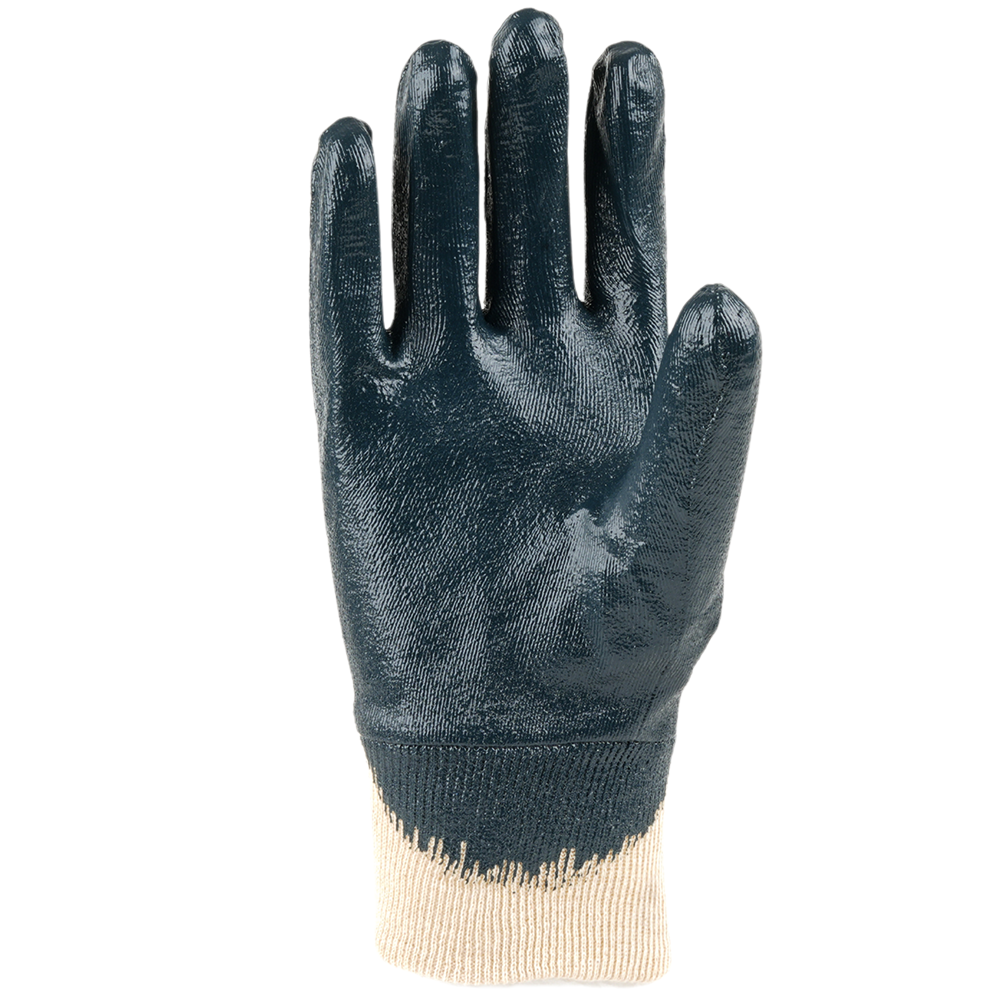

ABOUT THE DESIGN

USEFUL IN THESE INDUSTRIES
MATERIAL HANDLING
OIL & GAS
PAINT & CHEMICAL
PETROCHEMICAL

Product Features
ABOUT THE DESIGN
USEFUL IN THESE INDUSTRIES
MATERIAL HANDLING
OIL & GAS
PAINT & CHEMICAL
PETROCHEMICAL
Product Details
